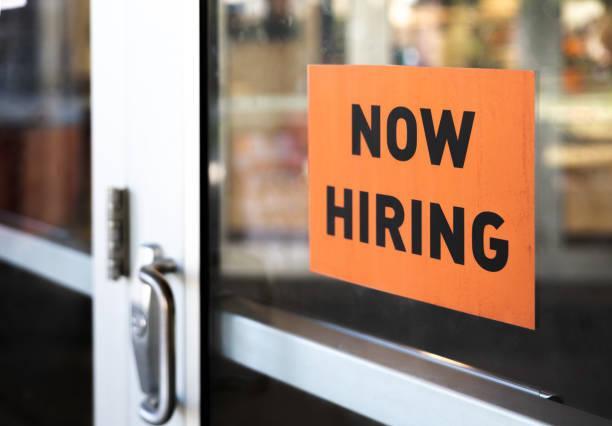
Swipes before Bites? Which is better?
The world of food tech has come a long way, with the rise of mobile apps and online ordering platforms revolutionizing the way we order and devour our favorite dishes. In this competitive landscape, user experience (UX) and user interface (UI) design have become crucial factors in determining the success of a food tech startup. A well-designed app can make all the difference between a loyal customer base and a fleeting interest.
In this blog post, we’ll delve into the importance of UI/UX design in food tech and explore the age-old question: Swipes before Bites? Which is better?
The Role of UI/UX in Food Tech
UI/UX design is not just about aesthetics; it’s the appetizer before the meal. A sleek, intuitive interface sets the tone for the entire user experience, influencing how customers interact with your app. From menu navigation to visual appeal, a thoughtful design ensures smooth onboarding, quick order placement, and high user retention.
The Benefits of Swipes
So, what makes swipes so appealing? Here are a few reasons why swipes can be a game-changer for food tech apps:
- Effortless Navigation: Swipes allow users to effortlessly navigate through menus, categories, and options. This streamlined experience reduces friction and makes it easier for customers to find what they’re looking for.
- Increased Speed: Swipes enable users to quickly browse through options, making it ideal for customers who are short on time or in a hurry.
- Enhanced User Engagement: Swipes can be used to create a sense of discovery, encouraging users to explore new options and categories.
- Reduced Cognitive Load: By allowing users to easily navigate through options, swipes reduce cognitive load, making it easier for customers to place orders and complete transactions.
The Benefits of Bites
On the other hand, bites offer a more deliberate and intentional experience. Here are a few reasons why bites can be beneficial for food tech apps:
- Intuitive Menu Navigation: Bites allow users to interact with menus in a more tactile way, making it easier to discover new options and customize orders.
- Increased Customization: Bites enable users to interact with menus in a more granular way, allowing for greater customization and personalization.
- Better Accessibility: Bites can be more accessible for users with disabilities, as they provide a more tactile and interactive experience.
- Enhanced Emotional Connection: Bites can create a sense of emotional connection, as users can interact with menus in a more deliberate and intentional way.
The Verdict: Swipes or Bites?
So, which is better? The answer lies in understanding your target audience and the type of experience you want to provide. If your app is designed for quick, on-the-go ordering, swipes might be the way to go. However, if you’re looking to create a more immersive and interactive experience, bites might be the better choice.
The key is to strike a balance between the two. A hybrid approach, combining the benefits of swipes and bites, can create a seamless and engaging user experience.
Conclusion
In the world of food tech, UI/UX design is no longer just an afterthought; it’s a crucial component of the overall user experience. By understanding the benefits of swipes and bites, food tech startups can create a design that caters to their target audience’s needs and preferences. Whether you’re a startup looking to disrupt the food tech landscape or an established player looking to stay ahead of the curve, a thoughtful and intentional approach to UI/UX design can make all the difference.
Source:
https://www.growthjockey.com/blogs/social-media-trends-india-global






